
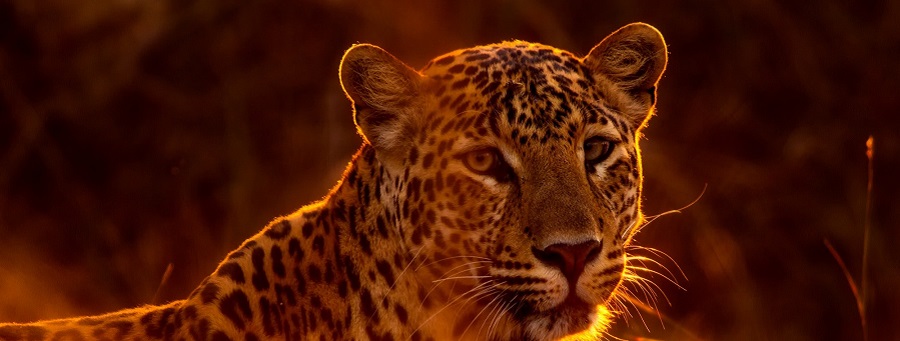
 -->
-->
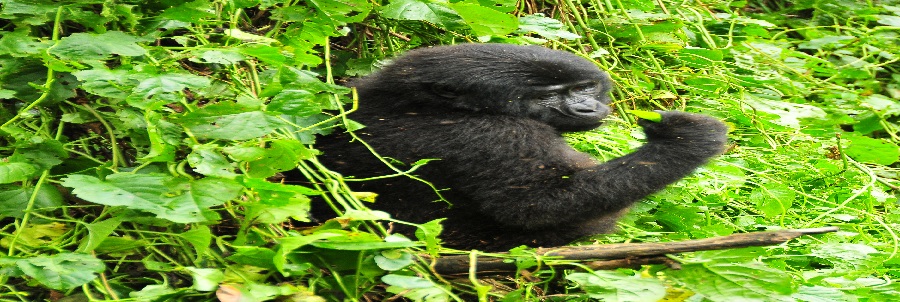 -->
-->
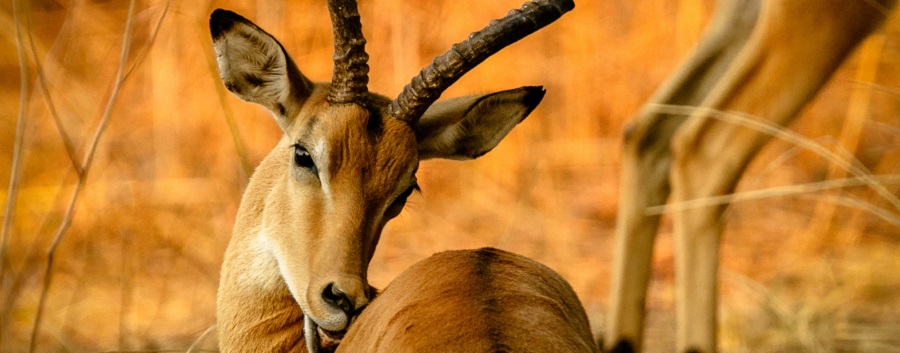 -->
-->
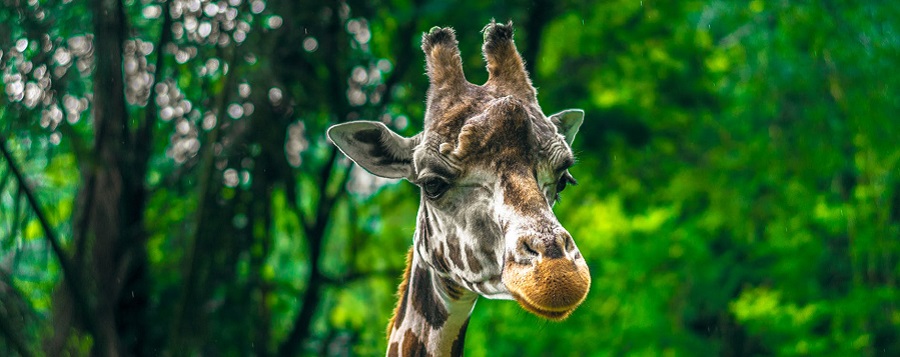 -->
-->
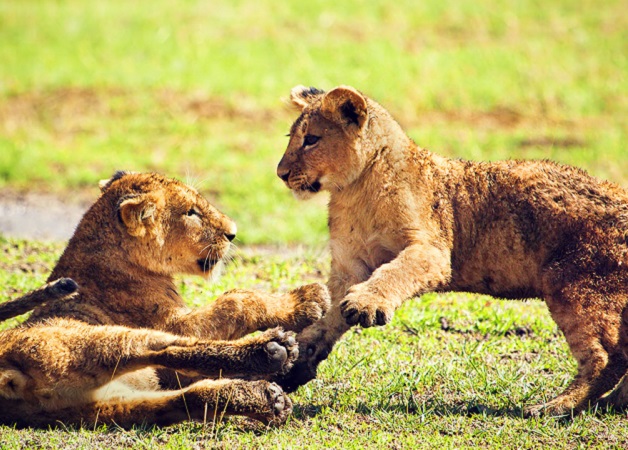
Masai Mara Game Reserve, also known as Maasai Mara National Reserve, is a renowned wildlife conservation area located in Narok, Kenya, bordering the Serengeti National Park in Tanzania. The reserve is named after the Maasai people who traditionally inhabited the region and have since coexisted with the diverse wildlife that thrives there. Initially established in 1961 with an area of 520 square kilometers (200 square miles), it was later expanded to cover 1,821 square kilometers (703 square miles). The Maasai Mara Game Reserve is famous for hosting the Great Migration, one of the natural wonders of the world, where millions of wildebeest, zebras, and other antelopes migrate between the Mara ecosystem and the Serengeti plains in search of greener pastures and water. The reserve is home to a wide variety of wildlife including lions, leopards, cheetahs, African bush elephants, buffalos, black and white rhinos, making it a prime destination for safari enthusiasts and nature lovers seeking an authentic African wilderness experience.
According to the tribe's own oral history, the Maasai originated north of Lake Turkana
(north-west Kenya) in the lower Nile Valley. They began migrating south in the 15th century
and arrived in the long trunk of land stretching across central Tanzania and Northern Kenya
during the 17th and 18 century.
Masai Mara is a large game reserve in Narok County, Kenya, contiguous with the Serengeti National Park
in Mara Region, Tanzania. It is named in honor of the Maasai people (the ancestral inhabitants
of the area) and their description of the area when looked at from afar: "Mara," which is Maa
(Maasai language) for "spotted," an apt description for the circles of trees, scrub, savanna,
and cloud shadows that mark the area.